Making the call on bad weather days
December 5, 2013
Seeing blue on radar maps or a chance of snow in the forecast is sure to cause excitement among many students. After noticing the probabilities, students often have high hopes of staying at home, sleeping in, drinking hot chocolate, and maybe making a snowman or two. However the system for determining whether school will remain in session is more complicated than what is or isn’t on the ground.
“One of the reasons in the Lovejoy school district that is a little more unusual than Dallas or other places, is our roads are windy and kind of treacherous and we have a lot of kids that live off of a lot of those different roads,” principal Gavin Goodrich said. “It’s really about the buses being able to get through safely, so the decisions are really made about how our buses are going to be able to make their way to student’s homes and pick them up in a safe manner.”
To decision on if school will be open on a bad weather day is determined in the early morning hours when the roads in the school district are driven to see if it is safe for students and buses to drive.
“Mr. Graham (Director of Transportation) and Dennis (Assistant Superintendent for Operations) keep an eye on the weather and are in contact with the districts around us,” Goodrich said. “They drive the roads around 3 to 4 o’clock in the morning to see what the reality is on the streets and then based on the weather and what is really happening they make a decision to cancel school. Usually it’s not a late decision; it’s made fairly early.”
Ice and snow on the roads makes the drive to campus more difficult for everyone to make it to school in a timely and safe manner.
“If there’s snow, my drive will be twice as long and twice as dangerous because people do not know how to drive if it’s snowing,” robotics teacher Brian Lidington said. “They don’t put sand down or do anything on the roads until I get much closer to McKinney so it’s a little crazy out there.”
The decision to delay the start of school in opposition to cancelling school altogether depends on the weather.
“If they see it’s going to be sunny and 19 degrees versus sunny and 35 degrees where the roads can warm up and there’s not going to be any ice or anything I think that’s where they make the determination on whether it’s going to be a late start or not,” Goodrich said. “If it’s wet and snowy but the temperature is really looking like the trends is this versus this, then they will make a decision based on the extended forecast.”
The district often errors on the side of caution and will cancel school even if the weather may seem as safety is the top priority.
“Please remember that the weather is fickle and our decision might not always seem a “good one” out in the community; especially if school is canceled and the weather pattern fizzles out during the night,” Womack said.



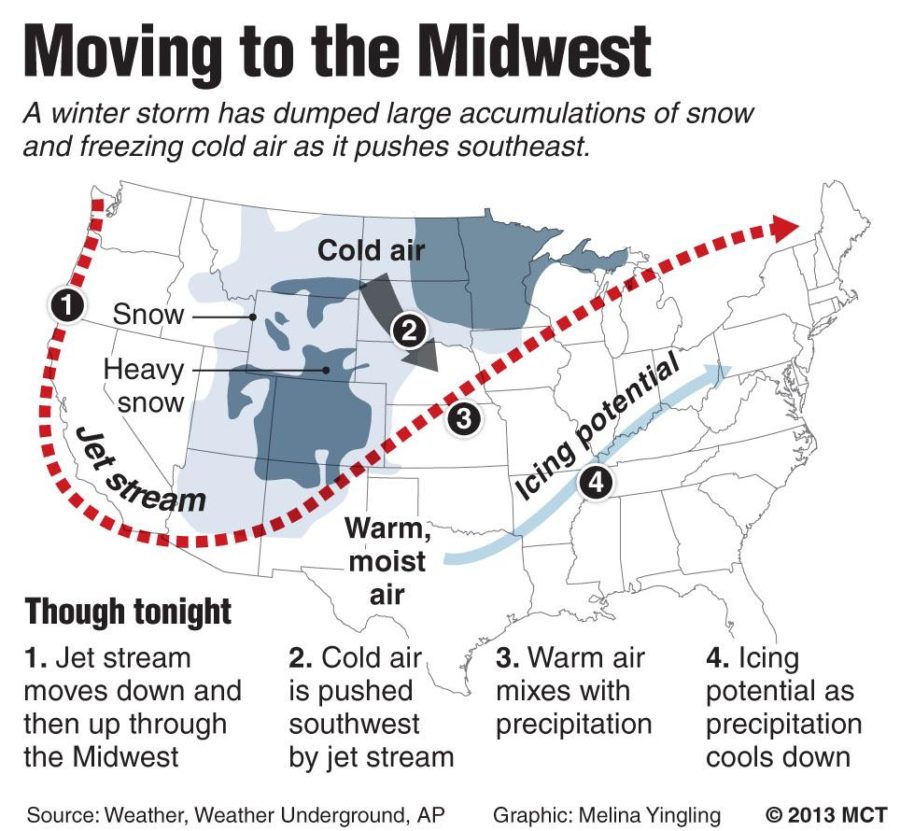
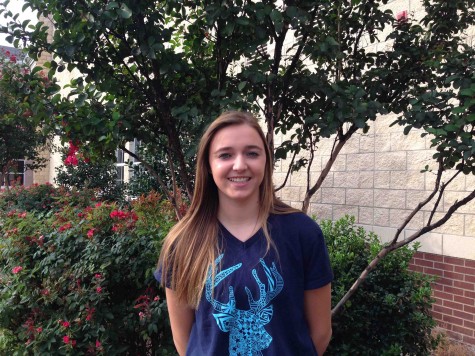
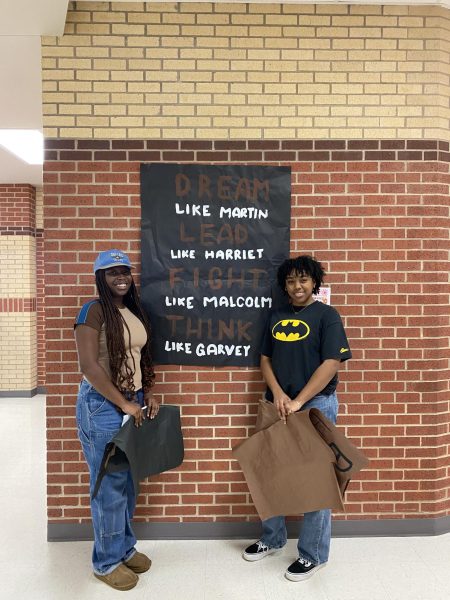

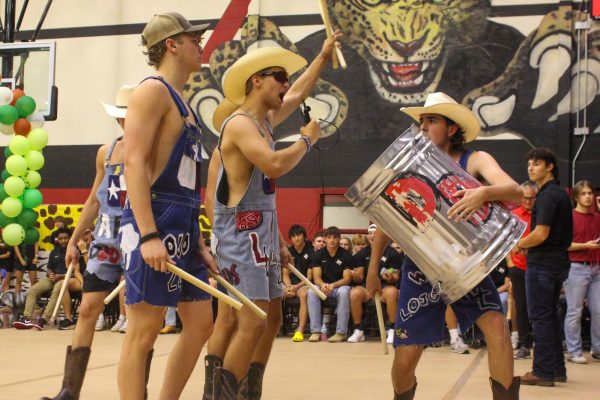

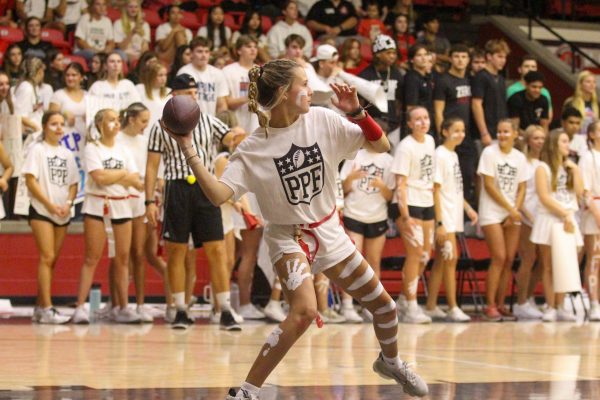
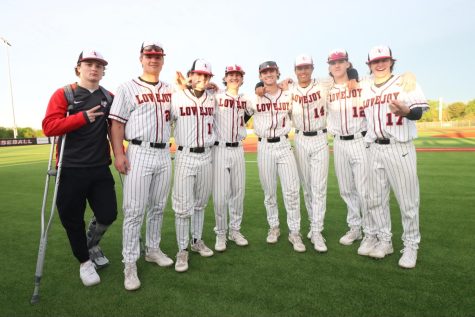




Anoynomous • Dec 5, 2013 at 3:30 pm
Yay!!!!!!!!!!!!!! Hopefully no school